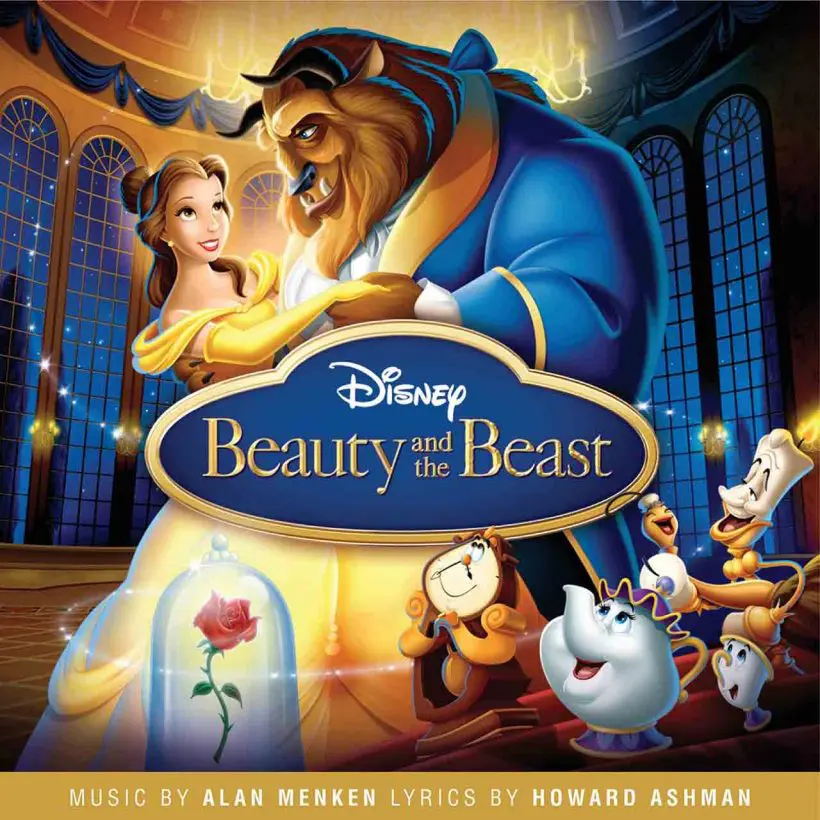Disney
Beauty and the Beast captivated a new generation by reimagining a timeless tale

“Beauty and the Beast” achieved Disney’s renaissance despite tragic circumstances surrounding its soundtrack’s creation.
Disney’s animated blockbuster “Beauty and the Beast” released in 1991 marked a significant milestone in the studio’s renaissance, following the success of “The Little Mermaid” in the late 1980s. Based on Jeanne-Marie Leprince de Beaumont’s 1756 fairy tale, the film surpassed expectations at the box office, becoming the first animated movie to cross the $100 million mark domestically and earning over $300 million worldwide. Its critical acclaim was evident as it became the first animated film to receive a nomination for Best Picture at the Academy Awards. In 2008, the American Film Institute recognized it as one of the top 10 US animated films of all time.
Remarkably, the production of “Beauty and the Beast” faced numerous setbacks over the years before achieving its eventual success. Disney had previously attempted unsuccessful adaptations of the tale in the 1930s and 1950s. However, the revival of the project in the late 1980s brought a fresh perspective. Screenwriter Linda Woolverton explained that the success of “The Little Mermaid” had a transformative impact on the film’s direction. The collaboration with lyricist Howard Ashman and composer Alan Menken, known for their contributions to “The Little Mermaid,” injected new life into the project.
Ashman and Menken’s music played a crucial role in revitalizing the film. Their songs, such as “Belle,” “Something There,” and the title track “Beauty and the Beast,” added sparkle and emotion to the story. The incorporation of enchanted objects and the introduction of the antagonist Gaston allowed for memorable musical moments. Menken described their creative process as an homage to the romantic essence of Disney’s previous works, drawing inspiration from French, classical, and Broadway music.
The soundtrack’s standout songs resonated with audiences. Angela Lansbury’s heartfelt performance of the title track as Mrs. Potts, a singing teapot, struck a chord and went on to win Best Original Song at the Golden Globe and Academy Awards. The song was further popularized by Celine Dion and Peabo Bryson’s power ballad rendition.
:max_bytes(150000):strip_icc():focal(999x0:1001x2)/beauty-and-the-beast-879e99af252745f9800e64393dd87587.jpg)
Another memorable track, “Be Our Guest,” led by the charismatic candelabra Lumière, showcased Menken’s initial improvisation, which proved to be the perfect fit for Ashman’s lyrics. The raucous Broadway number “Gaston” introduced the film’s villain, eliciting laughter with its clever wordplay.
Unbeknownst to many, Ashman was battling AIDS during the creation of the film. He shared the news with Menken shortly after their Academy Award win for “The Little Mermaid.” Despite his declining health, Ashman’s contributions to the film remained remarkable. The filmmakers went to great lengths to accommodate him, setting up a workspace near his home as he had lost his voice. The lyrics he produced continued to embody joy and creativity.
Director Bill Condon, who helmed Disney’s 2017 live-action adaptation of “Beauty and the Beast,” acknowledged that Ashman’s personal struggles influenced the film’s themes. Ashman saw the Beast’s story as a metaphor for his own experience with AIDS, representing a chance for redemption and the lifting of the curse. Tragically, Ashman passed away from AIDS-related complications before the film’s completion, but he did get to witness an early version.
The closing credits of “Beauty and the Beast” pay tribute to Ashman, acknowledging his significant contribution to the film. The heartfelt message immortalizes his impact, recognizing his role in giving voices to mermaids and souls to beasts. It serves as a fitting tribute to a remarkable talent whose work transcended his personal challenges.
We bring out some of the most well-known Disney collection, all of which are available at reasonable costs. Visit our link now if you are interested in the Disney collection


Megara, Hades,Philoctetes, Tarzan, Jane Porter
